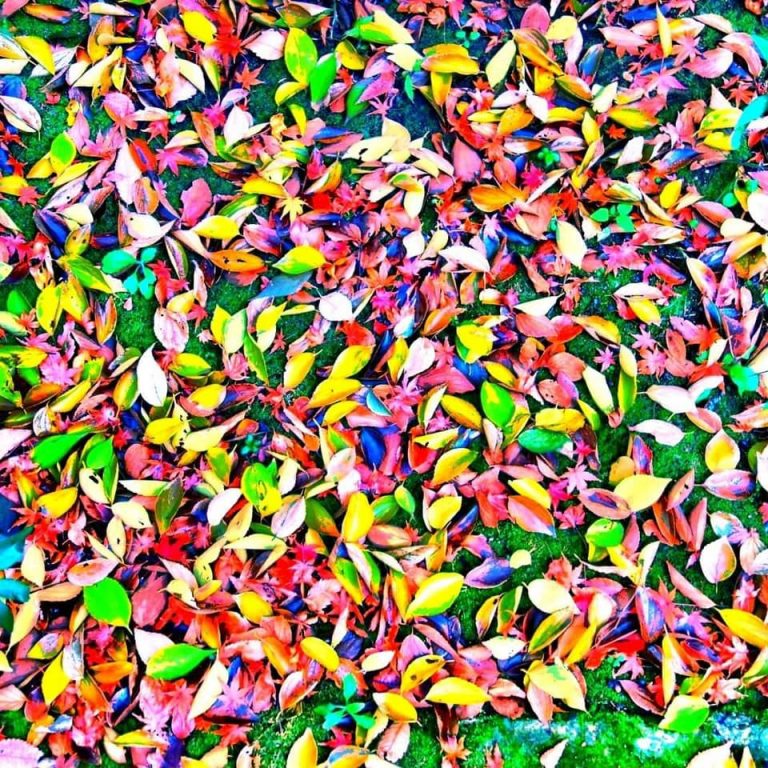There is only as much individuality as there are colors: a rainbow that looks like seven colors to men looks like 29 colors to women!

It seems that the sense of color discrimination is completely different from person to person.
Men and women also have different “color gamuts” in which they can see, and women have a wider range of colors that they can perceive.
To men, the rainbow appears to have only seven colors, but to women it appears to have 29.
This difference is largely due to historical circumstances and comes from differences in brain information processing.
Males do not have strong color discrimination because they have excellent dynamic vision to catch prey, a remnant of past hunting days, and have more neurons in their brains to process moving objects instantly.
On the other hand, women, in the process of protecting their homes and children and gathering nuts, etc., over the ages, have had to make small changes in color (is it safe to eat?). They have excellent color discrimination skills that allow them to judge the physical condition of children by looking at their complexion and the color of their excrement…etc.
It also depends on the area in which you live.
Because the Eskimos live in an environment that is confined by snow and ice, they can see dozens of different colors of snow and ice that the Japanese can only identify as white. ゙.
The Japanese archipelago is blessed with an abundance of nature so diverse and rich that it is rare on earth, located in a circular arc on the eastern side of the Eurasian continent, extending 3,000 kilometers from southwest to northeast.
That is to say, the number of colors is abundant.
The wide range of regions from subtropical to frigid, the vastly different climates on the Pacific Ocean side and the Sea of Japan side, the many folds of land surrounded by spine-shaped mountains and the sea, the rich flora blessed with rain and sun characteristic of the Asian monsoon region, the four seasons of spring, summer, fall, and winter…these are just a few of the many reasons why the country has become one of the world’s most beautiful and diverse natural environments. The diversity is too great.
And, having long been an agrarian people, they have the ability to slow down and look at the scenery and outside.
One theory is that the Japanese have the ability to discern 440 colors of plants and flowers. Japanese interiors and costumes are often subdued in color, but to the Japanese eye, they may appear diverse. The subtle colors of dyed goods, for example, can be said to be the result of a uniquely Japanese sense of color.
Perhaps it is better to see a lot of color, but at least find a way to enjoy it in a way that suits each of our abilities.
What we can learn from this is that it is important to recognize diversity. Whether it is monochrome or 440 colors, we are all capable of different things.
People are interesting because they are different. It would be boring if they were the same!





